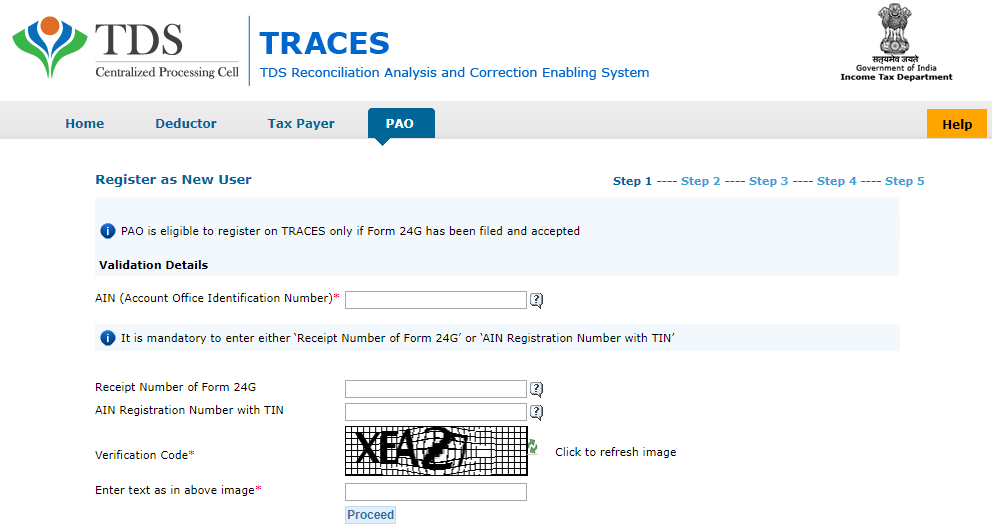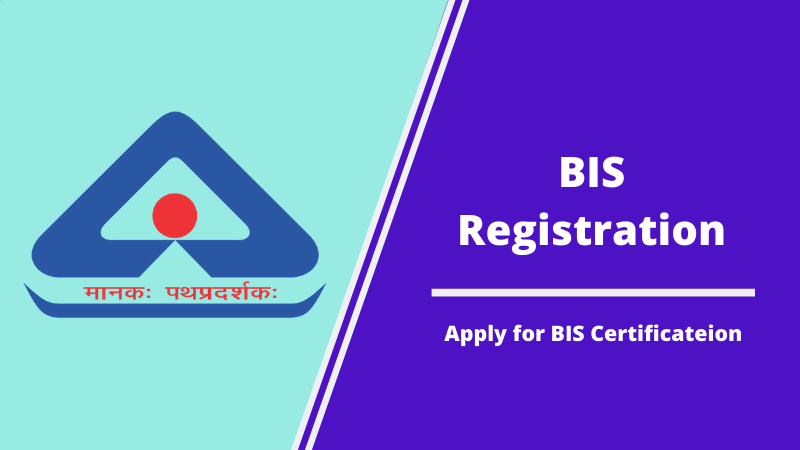The SEBI (Stock Broker) Amendment Regulations, 2021 had been notified by the Securities and Exchange Board of India, the last date of March 30, 2021. In this, regulations were issued to amend the SEBI (Stock Broker) Regulations, 1992. Regulations were introduced in the exercise. Powers conferred under Section 30 of SEBI Act 1992. In this article, we will discuss the major changes brought about by the amendment.
Definition of SEBI (Stock Broker) Amendment Regulations, 2021
As per the amendments brought in SEBI Scheme, the definitions are inserted in Regulation 2 of SEBI (Stock Brokers) Regulations. These include the following definitions, which are as follows:
- Underwriter
The underwriter is a person, a body who engages in the business of underlining the issue of corporate securities.
- Underwriting
This means that there is a contract to acquire a subscription for issued securities, or to subscribe for an issued sale, which is presented for sale without balance.
- Issue
Issue means the sale or purchase of securities by a body corporate or any other individual or any person or group of such persons on their behalf, such as from the holder or holders of a merchant banker or the holder of such body corporate’s securities or persons. Or a group of people etc.
Important Changes in SEBI (Stock Brokers) Amendment Regulations, 2021
Some of the important changes includes in SEBI (Stock Brokers) Amendment Regulation Act, 2021, as follows:
- As per Regulation 3, it has been provided that every stockbroker holding a valid certificate of registration will be entitled to act as an underwriter.
- In addition, each stock broker acting as an underwriter will enter into a contract that is valid with the body on the basis of which he acts as an underwriter.
- Each share broker acting as an underwriter must maintain the following books of account and documents, including:
- An entity is corporate in relation to the underwriter
Copy of the balance sheet and profit and loss account at the end of the accounting period and the auditor’s report on the accounts for that period.
- The body is not corporate in relation to underwriting
Records in relation to the funds received and expended by them and in respect of which receipts and expenditure are held and their assets as well as liabilities.
- Each stockbroker, acting as an underwriter, must enter into an agreement with each body corporate, on whose behalf it acts as an underwriting authority, and the said agreement shall, among other things, provide for –
- The period for which the rule for the agreement is applied.
- Allocation of duties as well as responsibilities between the underwriter and the client.
- Number of underwriting obligations.
- The period within which the underwriting issue should be subscribed after notice from or on behalf of a corporate body of that kind.
- Commission amount or brokerage payable to the underwriter.
- Particulars of arrangements made by the underwriter to fulfill the underwriting obligations, if any.
Moreover, SEBI (Stock Brokers) Amendment Regulations, 2021, lays down the responsibilities and duties of a stock broker acting as an under-broker.
Responsibilities of a stock broker as an under broker
The following responsibilities should be fulfilled by the stock broker as an underwriter:
- Not every share broker acting as an underwriter should receive any direct or indirect profit from underwriting other than the commission or brokerage payable under the agreement for underwriting.
- According to all agreements, the total underwriting obligations should not exceed 20 times the net worth, which is under the rule.
- Each share broker acts as an underwriter, who is asked to subscribe to the securities of an entity corporate for a contract, must subscribe to such securities within 45 days of receiving such notice from such body corporate.
Underwriter’s Duty
Further, the responsibilities provided above, the stock broker acting as an under-broker shall follow the points indicated below:
- The stock broker will make all efforts to protect the interests of its customers.
- He will ensure that it and its personnel act in an unethical manner in all its deals in which the body is an issue of corporate securities.
- He shall not make any statement, oral or written, which may misrepresent:
- Service that the underwriter is able to perform for his client or has been provided to another issuing company.
- His commitment to underwriting.
- A stock broker has to avoid a conflict of interest and disclose his interest adequately.
- He should put in place a mechanism to resolve conflicts of interest situations that may arise in the conduct of his business or, if it arises, take appropriate steps to resolve them in an equitable manner.
- He must make reasonable disclosures about his potential source or duties to the client and potential areas of conflict of interest when he acts as an underwriter that may hinder his ability to provide impartial, objective and impartial services .
- He should not give any confidential information about his issuing company to the other issuer, press, or any other party that came to his knowledge of the issuing company without disclosing it to the director and director of the board of directors and directors. .
- The stock broker should ensure that any change in the status of registration / any punitive action by the board or any material change in the financial which could adversely affect the interests of the clients / investors and the customers are informed immediately, And any outstanding balance is transferred to any business. Other registered persons as per any instructions of the affected customers / investors.
- The stock broker or any of the employees should not submit any investment advice regarding any security in publicly accessible media in real time or non-real time, unless its interest is disclosed, including the said security. Includes his long / short position. While giving such advice.
If an employee of a stockbroker gives such advice, the stockbroker must ensure that when giving such advice, it is mandatory for the stockbroker to disclose his interest based on the interests of the family member and employer of the employee.
- A stockbroker or its director, partner, manager, who manages business affairs in whole or to a large extent, is not required to engage in insider trading either through his accounts or his associates or family members, relatives or friends. needed.
- Although he will not engage in any unfair competition, which may be detrimental to entities acting in the interest of the underwriters as the underwriter may carry on the business or, likely, while competing, may put other such underwriters in a disadvantageous position related to the underwriter. Assignments.
- There should not be a party or instrument for the underwriter:
- Create false market
- Ragging price or manipulation
- Passing of unpublished price-sensitive information in relation to securities that is listed on or proposed to an individual or intermediary to a stock exchange.
Conclusion
Thus, It is clear that the SEBI (Stock Broker) Amendment Regulations, 2021 contains provisions relating to agreements with customers, which have been inserted as underwriters with common responsibilities and duties. For accurate or more information or understanding, please visit SEBI notification.










